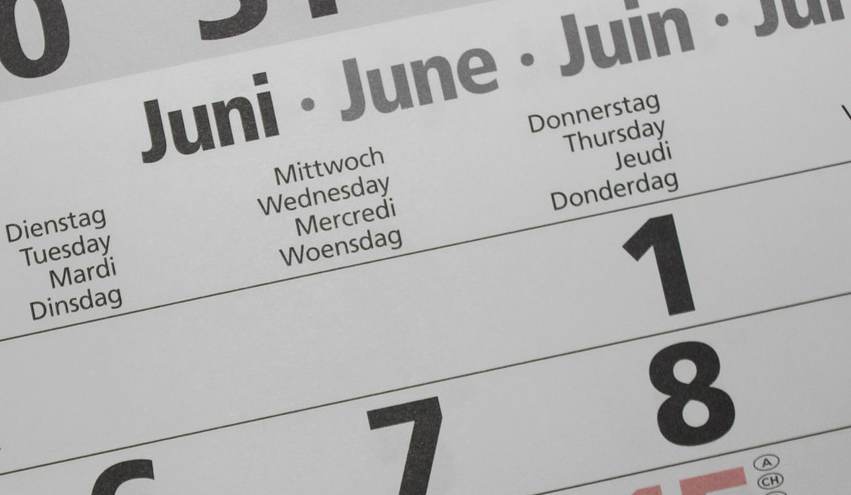Florida reinsurance renewals to see at least 20-30% rate rise: Analysts

Analysts from investment bank Berenberg are expecting reinsurance rates in Florida will rise by at least 20-30% across the renewals marketplace, while sources suggest increases at lower-layers are considerably higher in many cases.
Of course, the Florida reinsurance renewals is nowhere near complete, with some estimates suggesting as much as a quarter to a fifth of limit has not yet been secured, priced and finalised across the market.
A lack of reinsurance capital and the still shrunken alternative capital pile, are the two factors blamed for driving the “capacity crunch” in Florida’s reinsurance renewals, the analysts say.
Risk appetites and risk aversion, as well as general apathy towards the Florida primary insurance carrier cohort, are other drivers, with many providers of reinsurance limit now choosing to redirect capacity to other regions and perils around the world, having taken severe losses and loss creep from Florida’s market over the last five years or more.
After a visit with London market re/insurers, the Berenberg analysts said the Florida reinsurance renewals appear disorderly, with an “inflection point” reached.
Domestic market primary carriers are struggling to secure sufficient reinsurance, while prices are rising considerably, especially for the riskier layers of programs.
“There is little appetite for accepting the risk, particularly across lower layers of programmes, which points to a traditional hard market amid market dislocation,” the analysts explained.
However, this is not just an issue of pricing, although prices are clearly moving fast, with “rate increases of at least 20- 30% are to be expected,” although these do vary depending on different layers within program towers.
Underlying the renewal pricing is also uncertainty over the future for Florida’s property insurance market and whether conditions will ease with the reforms passed through the legislature recently.
“The industry is also cautious on whether the recent legislation changes are adequate to deal with the structurally unpalatable elements of the market – such as the issue of claims fraud and associated litigation as a result of the assignment of benefits (AOB) practise, which allows policyholders to pass on the insurance claims to the contractors,” Berenberg’s analyst team explained.
As we explained yesterday, the legislation is largely deemed inadequate to fix Florida’s issues by industry contacts.
In addition, there is an element of counterparty credit risk being taken into account by reinsurance providers, including ILS funds.
There have been a number of recent bankruptcies of Floridian insurers and these have raised concerns over the stability of more of the marketplace.
Florida reinsurance renewal market dynamics again highlight the manual nature of the renewals market processes, as well as the challenge for those deploying and buying limit to really know if they are getting the best deal (no matter which side you’re on).
Renewals would solve more simply if matching of risk and capital was achieved using sophisticated marketplace technology, rather than manual renewals largely undertaken via emails.
Just look at the catastrophe bond market and how spread development has accelerated and price guidance been missed completely and significantly in so many cases.
The traditional reinsurance renewals have seen similarly wide price misses, we understand, with initial indicated terms ending up far from the firm orders that get placed, while the process to get from price indications to firm orders is a particularly lengthy one in such a dislocated market.
Read all of our reinsurance renewals coverage here.






